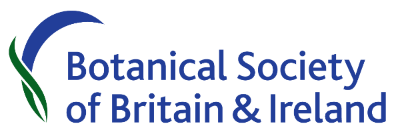The vascular plants of Wales do not escape from the general picture outlined in the UK report. Of the 1,467 Wales Red book plant species assessed in the State of Nature report, 38 have been classed as extinct and a further 18% are threatened with extinction within the country.
As nearly nine tenths of Wales is agricultural land, changes in agricultural practice have been a major factor behind the increasing rarity of plant species. If we take just a single important habitat, more than 90% of semi-natural grasslands have been lost in Wales since the 1930s.
However, it is important to remember that many farmers are shouldering the extra burden of conserving the wildlife on their farms and they are carrying out this task on top of a harder working day than most of us could cope with.
As an example, tenant farmers in the Elan Valley have been working with Natural Resources Wales to restore grasslands to wildflower richness. After just 10 years of suitable management (light manure applications and liming) these grasslands were almost as wildflower rich as adjacent SSSI meadows. You can read more about this in a report from Natural Resources Wales
Again, the National Botanic Gardens of Wales has successfully been restoring hay meadows in Waun Las. In June I saw how lovely these meadows have become, with plentiful Greater Butterfly-orchids (Platanthera chlorantha), Eyebright (Euphraisa spp) and Yellow Rattle (Rhinanthus minor). You can read more about this here. An important part of this transformation was the spreading of green hay from nearby meadows by a local farmer.
| A Greater Butterfly-orchid from the restored hay meadows at the National Botanic Gardens of Wales |
This makes the efforts of the volunteers in Wales who record and survey wildlife all the more valuable - including the BSBI's County recorders and their helpers. We would love to get even more people involved next spring. As BSBI's Head of Science Dr Kevin Walker explains here, it's thanks to the "national army of volunteer recorders" that we've been able to provide the "most complete picture ever assembled of the state of Britain's wildlife". So why not join us? Just take a look at our Local Botany page where you can find out what recording activities they have planned. You would be very welcome to attend and we can offer lots of help for anyone wishing to get started in recording our wonderful Welsh wild flowers.
